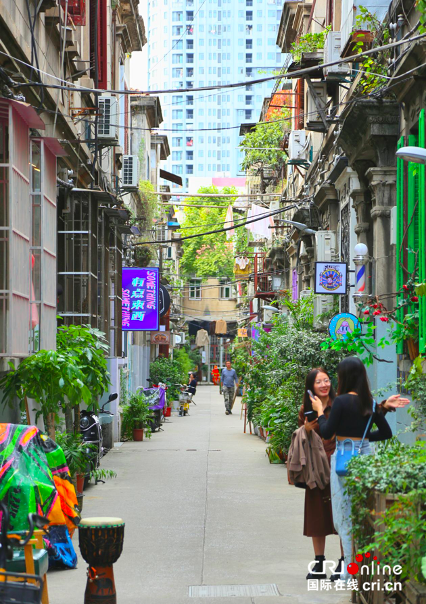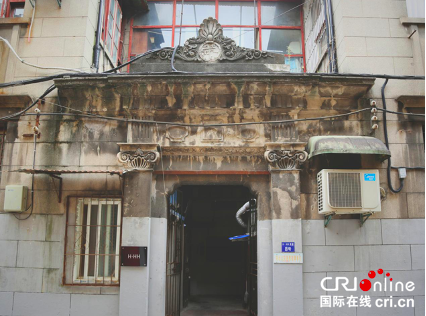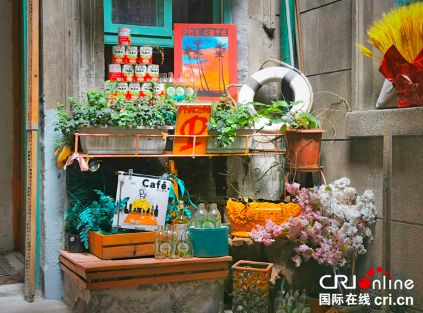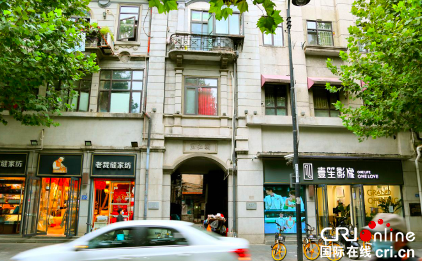Just like hutongs in Beijing and alleys in Shanghai, Hubei, Wuhan Province also has a similar residential buildings called "Lifen". At the end of the 19th century, Hankou developed rapidly after the opening of the port. The distribution of Hankou was the most concentrated, mostly located in the French and Russian concessions at that time.
Nowadays, Jiang'an District of Wuhan City is fully protecting these historical and cultural buildings. Among them, some have become characteristic cultural and creative districts, and some have been restored to perform their original duties. The charming scenery remains the same as past, and they are also full of prosperous vitality.

Tourists taking photos at Tongxingli, Jiangan District [Photo by Ma Zhangchi]

Outside a stylishly decorated cafe in Tongxingli, the owner is taking care of the flowers and plants. [Photo by Ma Zhangchi]

In Tongxingli, the "Shikumen-style" doors are well-preserved. [Photo by Ma Zhangchi]
Tongxingli, located on Shengli Street, Jiang'an District, is the most famous "Lifen" among all the others. At the beginning of the 20th century, 16 business owners met to build buildings here, forming a residential area. The 25 houses are in same exquisite and beautiful style. The front door is decorated with classical European mountain flowers, as well as traditional Chinese auspicious patterns, showing the combination of Chinese and Western culture.
From 2017 onwards, a number of specialty shops such as cafes, tea houses, and jewelry stores have opened in Tongxingli, making the streets and alleys look beautiful inside and out.

A carefully decorated artistic landscape outside a shop in Tongxingli [Photo by Ma Zhangchi]

Outside of Furenli, various shops are lined up, and vehicles and pedestrians are in an endless stream. [Photo by Ma Zhangchi]
Copyright ©1997- by CRI Online All rights reserved